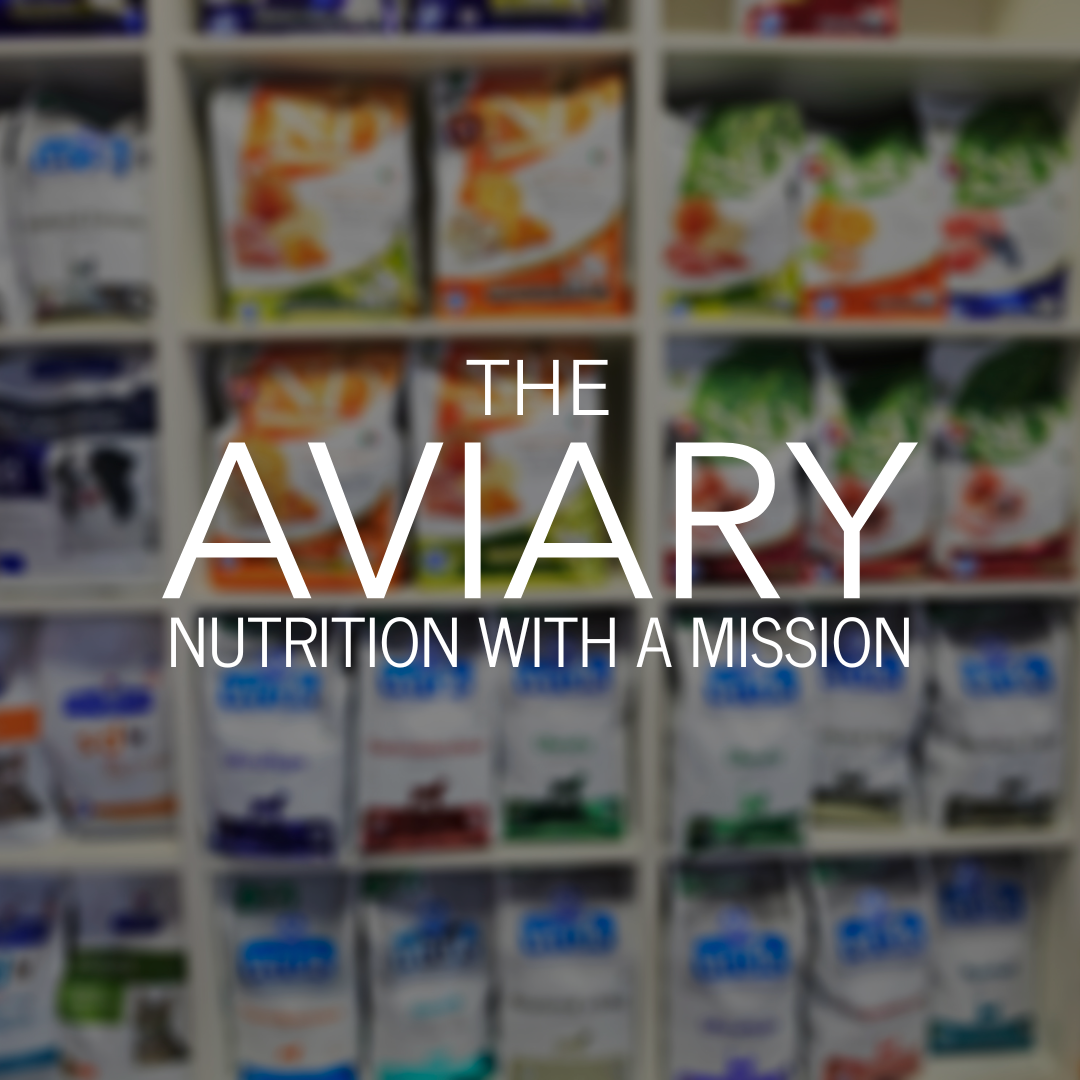
What Should I Feed My Cockatiel? The Complete Guide to a Healthy, Happy Bird
Cockatiels might be small compared to macaws and greys, but when it comes to personality, they’re anything but. These little Australian natives are curious, social, and full of charm, and their diet plays a huge role in keeping them healthy, energetic, and living for as many years as possible.

In the wild, cockatiels live in flocks that can number into the hundreds, travelling across the Australian outback in search of food. They eat a variety of grass seeds, grains, and the occasional leafy green or plant matter. Because they spend a lot of time foraging on the ground, they’re used to picking up a little bit of this and that, all day long, rather than sitting down to a single big meal. That’s something we can (and should) mimic for our pet cockatiels.
A healthy captive diet starts with fresh food every morning. Aim for a colourful mix of chopped vegetables, think carrot, bell pepper, leafy greens, sweetcorn, and courgette. Add a little fruit if you like, but keep it as a treat rather than a daily staple, because cockatiels have tiny bodies and can’t handle too much sugar. I recommend mixing fresh veg with sprouted seeds, like our Foraging Feast Sprouting Mix, which offers a powerhouse of nutrition in a form that’s easy for even small beaks to eat.

In the evening, offer a dry mix, like our Soothing Dry Mix, paired with a high-quality seed mix such as our Soothing Seed Mix or Happy Gut Seed Mix. These provide a variety of textures and nutrients that plain seed alone just can’t match. And if your bird enjoys pellets, you can alternate between a dry mix and a good cold-pressed pellet, just never serve pellets and seeds together in the same bowl, as this can double up on certain nutrients and throw the diet off balance.
Foraging is a huge part of a cockatiel’s mental health. In the wild, they’ll spend hours picking through grass, dust, and dirt to find their food. You can recreate this at home by scattering food on clean paper on the floor, using shallow trays filled with safe, clean materials, hiding small amounts of seed in foraging toys and making a parrot clay paste, spreading it into a tray and covering it in parrot seed before letting it dry, giving your cockatiel a fun clay foraging experience. Cockatiels are also flock feeders, so if you have more than one, let them eat together. It makes mealtimes more natural and social, just like they would be in the wild.

Nuts aren’t a big part of a cockatiel’s diet in nature, but you can still offer tiny pieces (like slivers of almond or walnut) as high-value training treats. They’ll appreciate the variety, and it’s a great way to reward positive behaviour.
By keeping their diet varied, fresh, and engaging, you’ll be supporting not just your cockatiel’s body, but also their inquisitive mind. And remember, a cockatiel that’s busy foraging, exploring, and eating well is a happy cockatiel, and happy cockatiels tend to live longer, healthier lives.
FAQ: Cockatiel Diet and Feeding
What do cockatiels eat in the wild?
Wild cockatiels forage on the ground in large flocks, eating mostly grass seeds, grains, and occasional greens or plant matter. Their natural behaviour is to graze and forage throughout the day, not eat one big meal.
What should I feed my cockatiel in the morning?
Start with a fresh chop of colourful vegetables such as carrot, leafy greens, bell pepper, courgette, and a little sweetcorn. Fruit can be added as an occasional treat. Mixing in sprouted seeds makes the meal more nutritious, closer to their wild diet and easier to digest.
What is the best evening meal for cockatiels?
In the evening, offer a dry mix alongside a high-quality seed blend. The Aviary’s Soothing Dry Mix and Soothing Seed Mix or Happy Gut Seed Mix are ideal and perfect for their natural foraging desires. If you use pellets, alternate between pellets and seed mix, but don’t serve them together.
How can I provide foraging opportunities for cockatiels?
Cockatiels love to forage. Scatter food on clean paper, use shallow trays filled with safe material, hide seed in foraging toys, or make clay foraging trays. This recreates their wild behaviour and keeps them busy and happy.
Can cockatiels eat nuts?
Nuts aren’t a natural staple for cockatiels, but tiny slivers of almond, walnut, or other safe nuts can be offered as high-value training treats. Keep portions very small.
Do cockatiels need to eat in groups?
Yes, cockatiels are flock feeders and enjoy eating together. If you have more than one bird, letting them share mealtimes can make feeding more natural and social.
